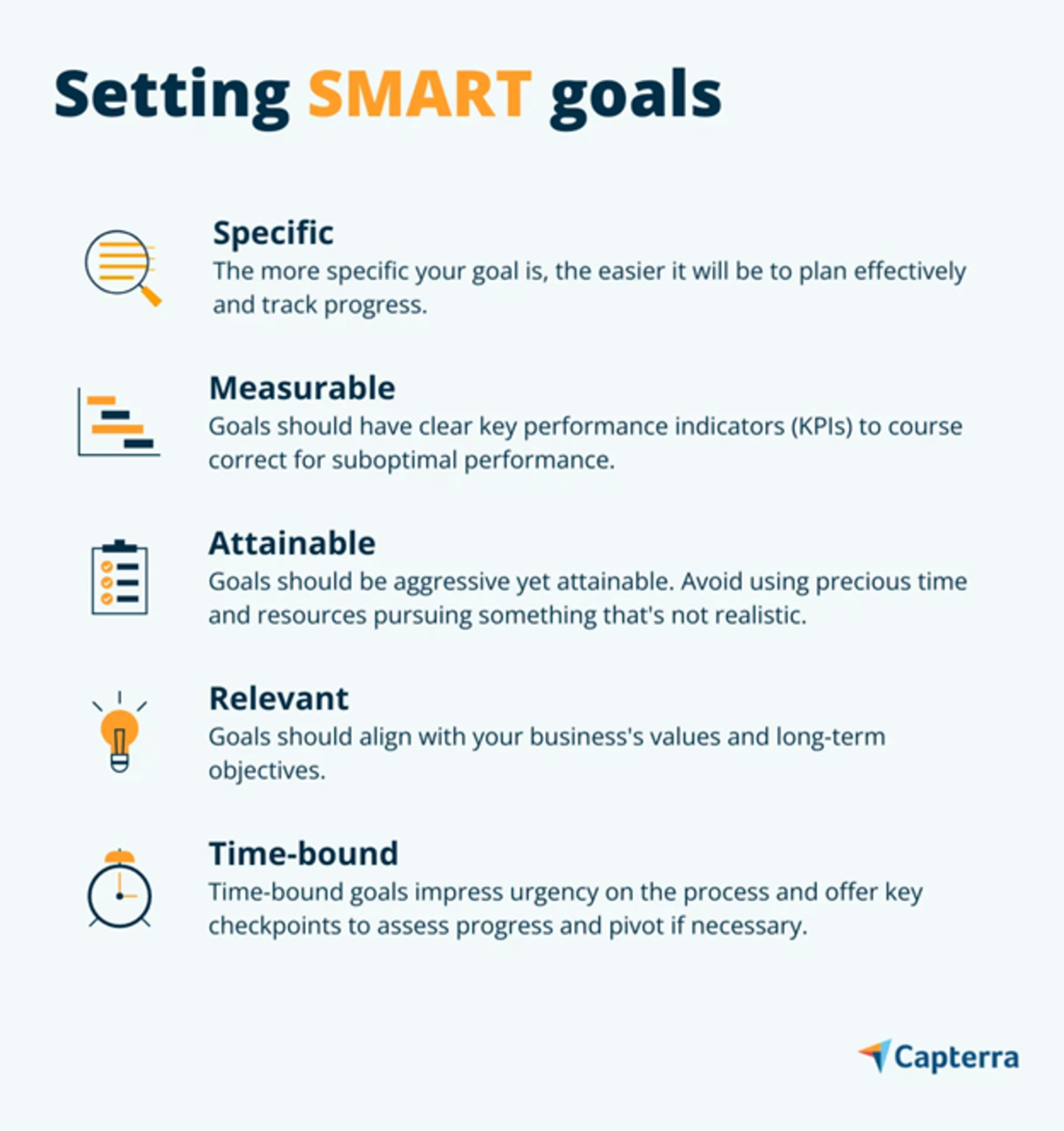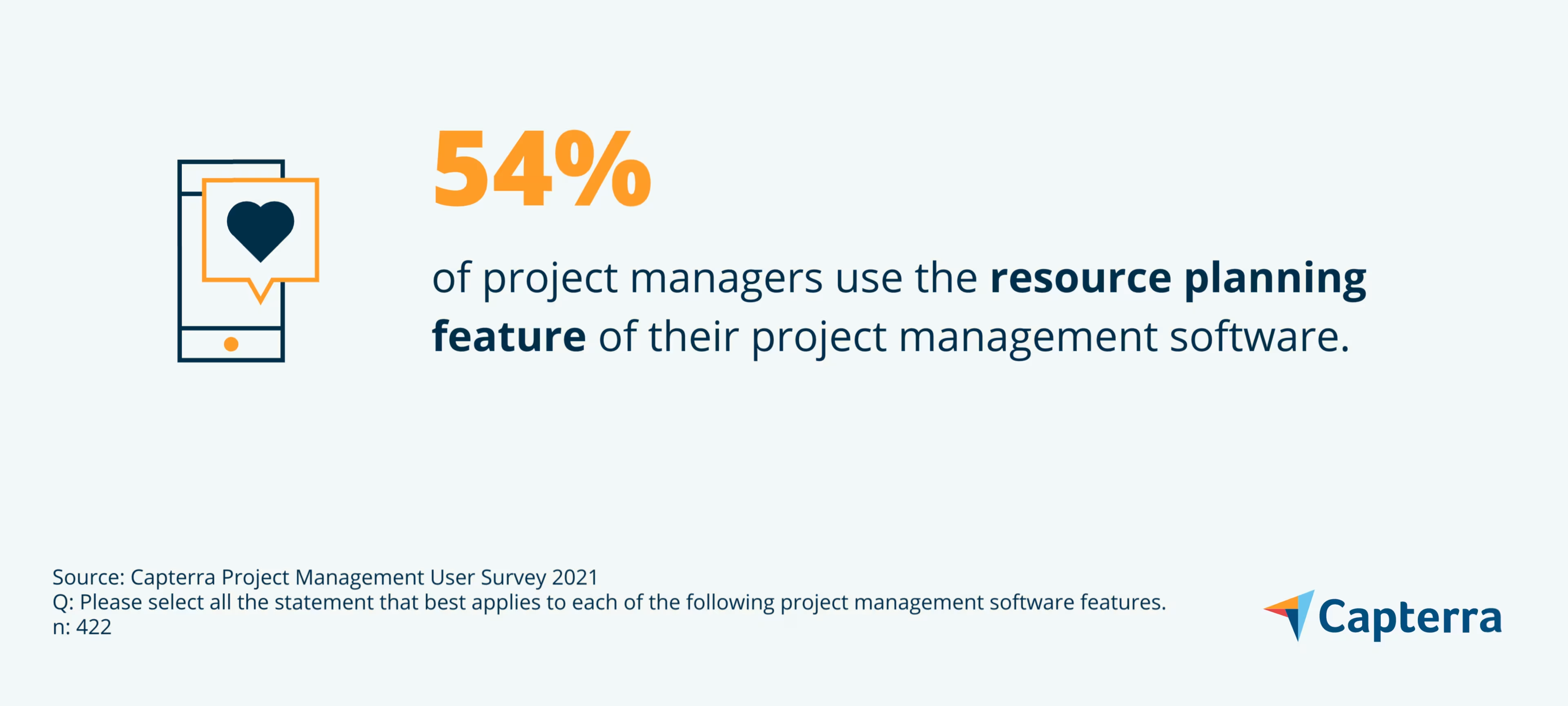Adopt these five project management principles to deliver successful projects.
Are you a business leader or project manager looking to set up your projects for success from the get-go but constantly overwhelmed by the barrage of tasks and responsibilities that come with overseeing a team and ensuring project deliverables are completed on time?
Getting yourself familiar with the basic principles of project management can help you better plan, execute, and control projects so you can drive successful outcomes. Project management principles are the guidelines, methodologies, and best practices used to manage projects from start to finish.
From setting clear project goals and creating a realistic timeline to managing project resources and risks effectively, project management principles can help you make the most of your resources and lead your projects to success.
We spoke to Katherine Cheung[1], a seasoned project management professional with more than 15 years of experience in various industries as well as the business development head of Bella Aura Skincare, to get a real-world perspective on the five key principles every project manager should know and apply.
Apply each principle thoughtfully and strategically to ensure the project is managed effectively and efficiently and, moreover, it's successful.


Katherine Cheung
Business development head, Bella Aura
1. Set clear objectives from the start
You won’t reach anywhere if you don’t know where you’re going. Similarly, if you don’t set clear project objectives, you’ll have no way of measuring performance and progress. Start by setting SMART goals—i.e., Specific, Measurable, Achievable, Relevant, and Time-bound goals—so you have a benchmark to assess project progress and success.

Additionally, you should know what you want to accomplish, how long it will take, how much it will cost, and what resources it will need. This principle will help you ensure every stakeholder involved is on the same page and heading in the right direction from the start, making it easier to track progress and make adjustments as needed to achieve desired results.
/ Best practices to set clear project objectives
Define why each task is important.
Prioritize objectives based on their importance.
Identify criteria to measure project success.
Create both short and long-term goals.
Leverage this software to make your job easier: Use project management software to better manage tasks and objectives. The software lets you define the project scope, track goals, assign tasks, prioritize resources, and monitor project progress in real time so you can stay on track and quickly adjust to any changes.
2. Create a project plan
Without a plan, your project can easily lose track and become disorganized, resulting in missed deadlines and wasted resources. Make sure you create a reliable project plan that covers all aspects, and set a realistic timeline for each project phase. The plan should include the tasks, resources, time, and budget needed to complete your project.
Also, before executing the project, review the plan and understand any potential risks or challenges. That way, you can identify potential bottlenecks and prepare to address them.
/ Best practices to create a project plan
Break down large tasks into smaller, manageable chunks.
Assign clear roles and responsibilities to project team members.
Identify milestones and stakeholders to track progress and ensure accountability.
Estimate the cost of the resources you’ll require.
Leverage this software to make your job easier: Use project planning software to easily create, share, and manage project plans. The software allows you to visualize tasks, assign responsibilities, create milestones, manage timelines, track real-time progress, and make adjustments if needed.
3. Organize and manage resources
A successful project requires the right resources—whether it’s people, materials, or equipment. Without them, the project can quickly get off track. To ace this project management principle, ensure you have access to all required resources and clearly understand, right from the start, where and how they’ll be used.
Create a resource management plan to ensure each phase of your project is adequately staffed and equipped. Also, make sure to identify any potential risks that could affect resource availability and have a backup plan in place.
/ Best practices to organize and manage resources
Evaluate existing resources to check if they’re enough to meet project needs.
Prioritize tasks and allocate resources accordingly.
Plan for potential risks and resource shortages.
Develop a staffing plan with clear roles.
Leverage this software to make your job easier: Use resource management software to track resource availability against project needs. The software helps identify the most efficient way to allocate resources and track their utilization. It also sends alerts in case of potential resource conflicts.
4. Assess risks and changes throughout the project
Risks and changes are inevitable in any project, so you need to prepare for them beforehand. Set up a risk assessment plan and change management process to manage risks and changes throughout the project lifecycle. Also, create a matrix or chart that lists potential project risks and their mitigation strategies to stay prepared for any hurdles.

Additionally, establish a clear process for how the project team should respond to changes, and ensure everyone is aware of the process. This will help reduce confusion and delays, allowing you to quickly adjust to unexpected risks or changes.
/ Best practices to manage risks and changes
Monitor progress regularly, and assess the impact of changes on the project.
Set up a system to track issues and solutions, and ensure tasks are completed on time.
Assess risks and develop contingency plans if necessary.
Inform each project stakeholder about its progress, potential risks, and proposed solutions.
Leverage this software to make your job easier: Use risk management software to identify, assess, and manage risks associated with any project. The software is backed by analytics and reporting capabilities that provide a clear picture of project risks in real time, allowing you to quickly make informed decisions.
5. Monitor progress and performance regularly
Without regular monitoring of project progress and performance, you could lose track of what’s already completed and what still needs to be done. Set up a system to monitor progress and performance, such as creating daily or weekly status reports. This principle will help you stay on top of the project, identify improvement areas, and make changes as needed.
You should also define metrics and key performance indicators (KPIs), such as project cost performance, quality assurance, and customer satisfaction, to measure progress. These metrics give an overview of your project's performance and allow you to take corrective actions as needed.
/ Best practices to monitor project progress and performance
Establish clear goals and performance metrics.
Use status reports and dashboards to track progress regularly.
Monitor project KPIs to identify early signs of potential issues.
Once the project is complete, assess its success rate.
Leverage this software to make your job easier: Use project tracking software to gain insights into the progress of your project and how it’s performing. The software is equipped with dashboards, analytics, and reporting capabilities to help monitor project status and make necessary adjustments.
Follow these principles to deliver successful projects
Successful projects are a result of the combination of clear goals, rational planning, smooth execution, and meticulous monitoring. By implementing the principles and tools outlined in this article, you can make each project successful and deliver it on time.
With the right mindset, processes, and tools, you can turn even the most complex projects into successful ones. So, start today by taking the first step toward achieving project success. Good luck!
Want to learn more about project management? Check out these resources:

